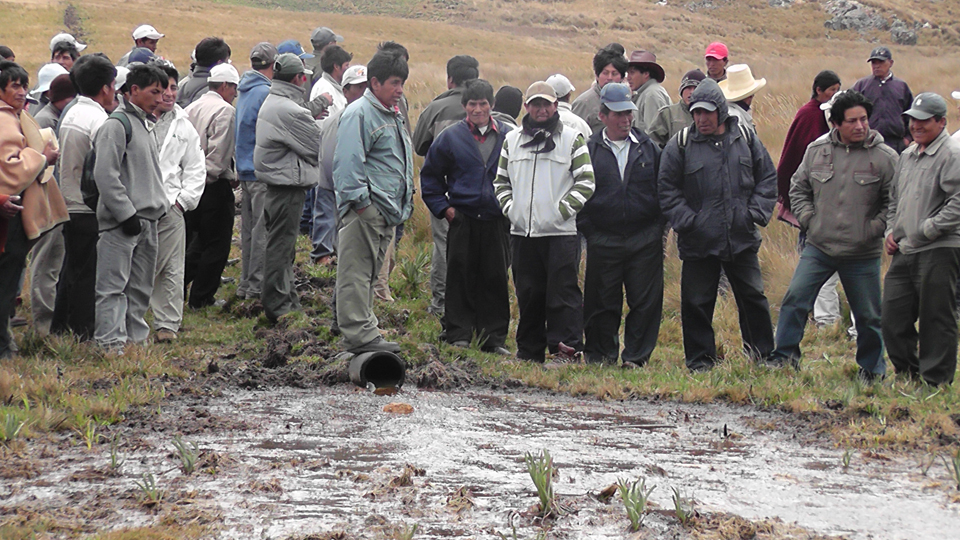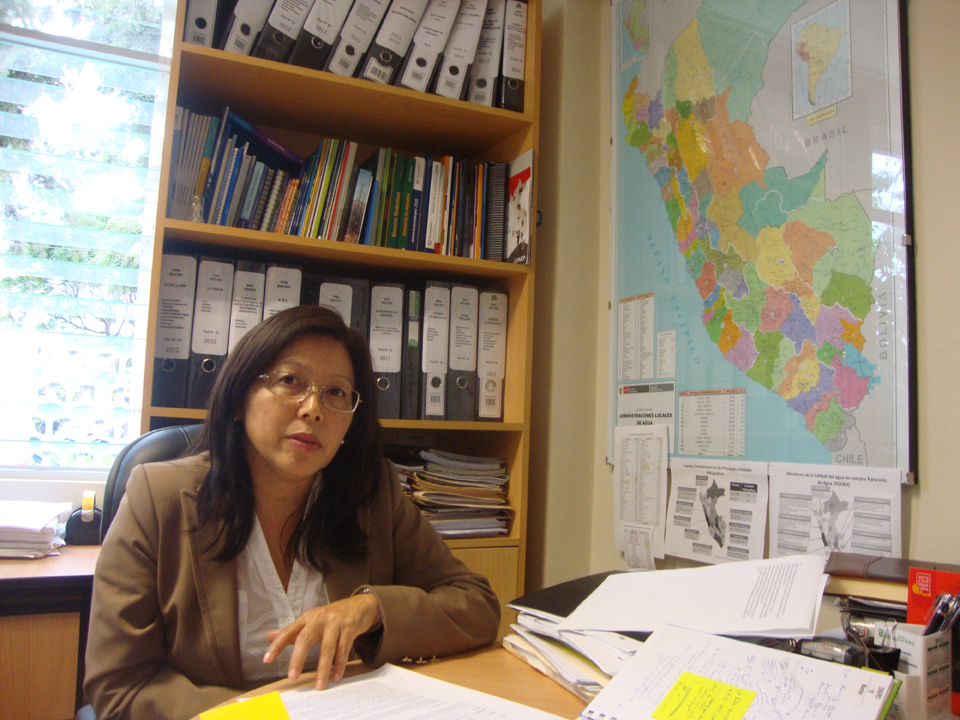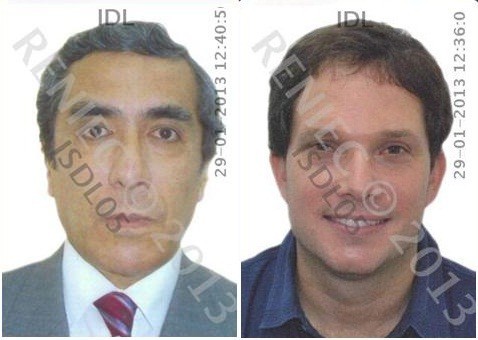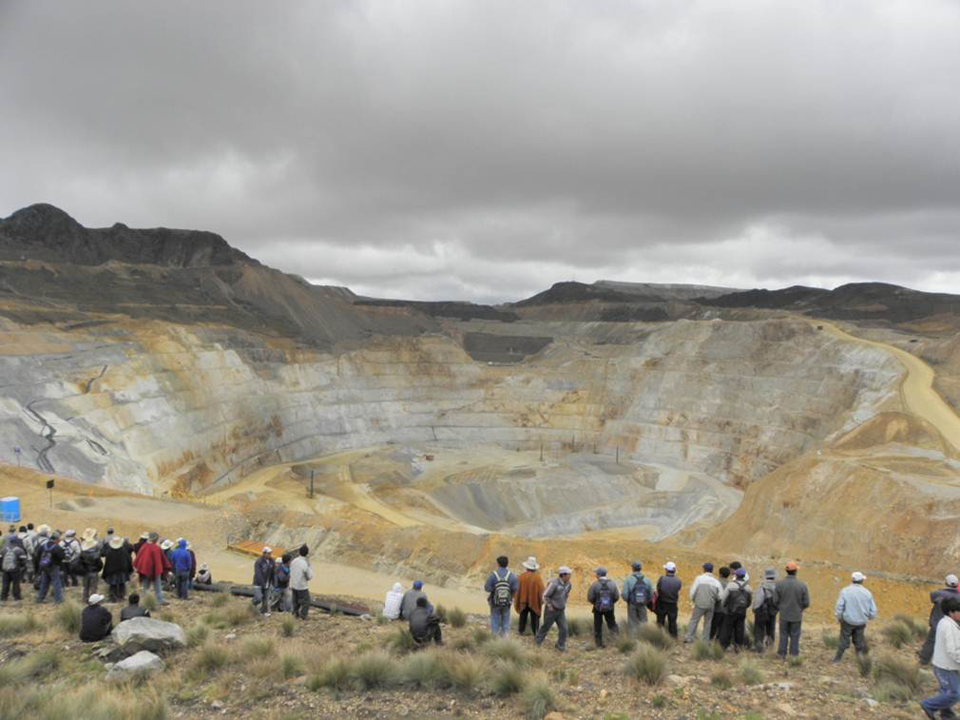The controversial but muffled negotiation between Minera Yanacocha and the Peruvian government will soon come to a head. The company requested permission to carry out two open-pit mining operations next to the Grande river, where 70% of the potable water for Cajamarca comes from. Over 85 million tons of gold ore are to be extracted, resulting in around 3,500 million dollars in profits for the company, and substantial tax revenues for the State.

The open pit operations would expand two already existing ones: 2007 West Yanacocha and 1995 East Yanacocha Carachugo.
As mandated by law, the Ministry of Energy and Mining (MINEM) requested an environmental impact assessment from the National Water Authority (ANA, for its initials in Spanish). Near the end of 2012, ANAS’s Quality of Water Resources Division issued a technical report stating that environmental risks are high.

The report listed a series of ‘observations’, 30 of which refer to the West Yanacocha project, the larger of the two, whose open-pit operation would cover around 117.42 hectares. The main observation refers to Yanacocha´s request for permission to discharge effluents in the sub-basin of the Grande river. The problem is that Yanacocha wants those effluents to be environmentally measured according to treatment standards for water fit only for irrigation and animal consumption, but not for people. ANA opposed it on the grounds of the river basin’s importance as a source of Cajamarca’s drinking water.
According to decrees enacted in 2008 and 2010, significantly more demanding environmental standards for water quality were approved. Tolerance levels for arsenic, cadmium, mercury, zinc and lead in treated waters returned to the river were significantly lowered.
Yanacocha has argued against the enforcement of the new environmental standards based on a legal loophole. As it turns out, the Ministry of Environment approved a ruling in June 2011 allowing companies to adjust gradually to the new water treatment standards, with deadlines up to 2015. Based on that ruling, Yanacocha submitted a plan extending its ‘adjustments’ until 2018, long after its mining operations would have concluded. Yanacocha contends that it needed that extra time because according to its report: “the period established for the compliance with the water ECA [Environmental quality standard] ending in 2015 is insufficient to carry out planning, design, detail engineering development, hiring, tests and application processes”.
Communications Director of Yanacocha in Cajamarca, Valentin Ahon, told IDL-Reporteros that “this is not the right time to give interviews regarding a still unsolved subject” and Luis Miguel Pigati, legal representative of the company, said that the project “is still under technical evaluation”. He also assured that the 2018 projection plan is just “an alternative B”, but in the document it reads as the company´s strategic proposal.
It is lobbying season within Peru’s complex bureaucratic structure, and Yanacocha has inside knowledge of how State affairs work. Take Julio Bonelli, for instance. The company´s current Environmental Permits Director used to be General Director of Environmental Affairs at the MINEM, the Mining and Energy Ministry. Legally, however, this Ministry cannot authorize Yanacocha’s new operations without the National Water Authority´s approval.

Because of that, there have been a number of Yanacocha’s visits to ANA lately. In a recent meeting with chemist Betty Chung, Manager of the Quality of Water Resources Department, the company promised to solve the majority of the observations, but did not commit to the current environmental parameters.
In January 16, a document explaining Yanacocha´s position was sent to Katherine Paredes, a lawyer from Chung´s department. It said the projects observed were the ones that generate “the greatest impact in production” for Yanacocha. Betty Chung told IDL-Reporteros that the mandate of ANA´s experts is to protect the consumption quality of the water, even at the risk of being accused of putting obstacles to private investment. Chung said companies were well aware of the new environmental standards since 2008 and should have begun adjustments on time. She also pointed out that Yanacocha’s expansions represent new activities and must comply with the current regulations.
Experts from the Environmental Quality Division of The Ministry of the Environment, also interviewed, had a similar position. It was difficult, however, to know what was the position of the Mining and Energy Ministry. Manuel Castro Baca, General Director of Mining Environmental Affairs declared rather vaguely that the case had been ‘clarified’ with ANA in a recent meeting. The division´s lawyer, Maritza León, said that after the water authority concludes its work, the MINEM will make a decision that “will not affect the ECA standards for water protection”.
After the tense meetings and negotiations currently taking place the outcome will take place in the next days but no longer under wraps.
Summary translation by Rebeca Blackwell.







